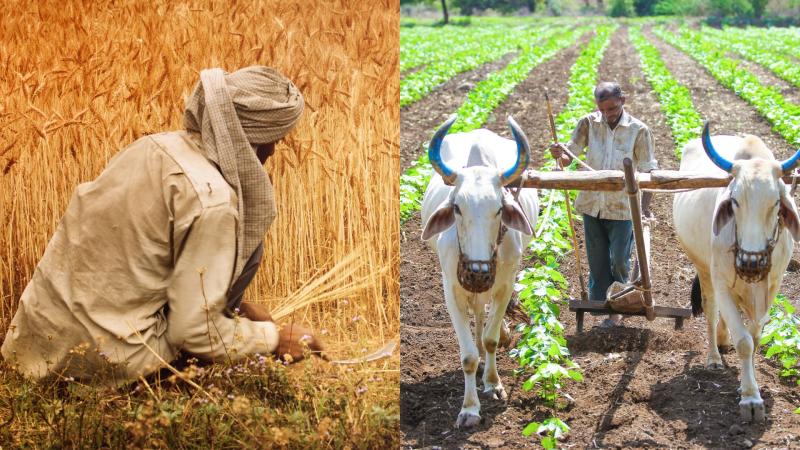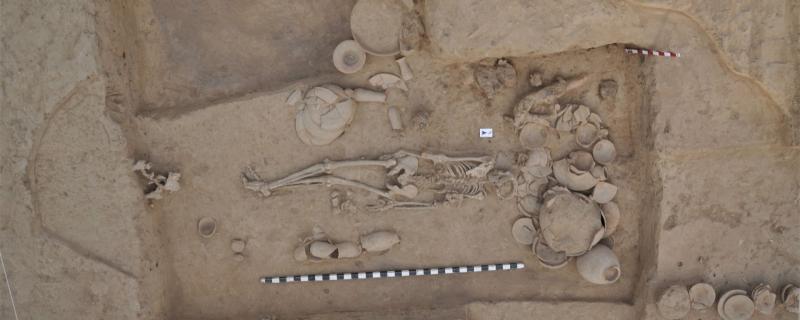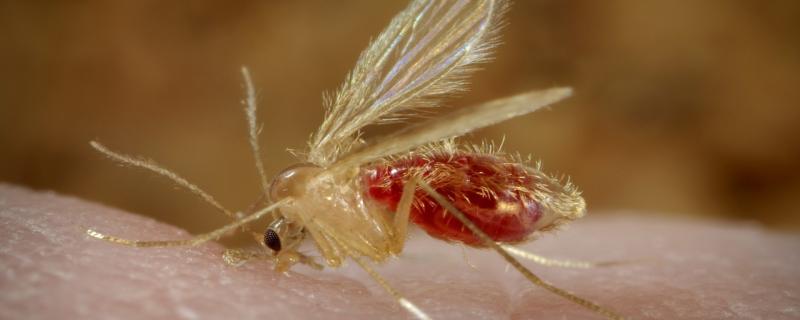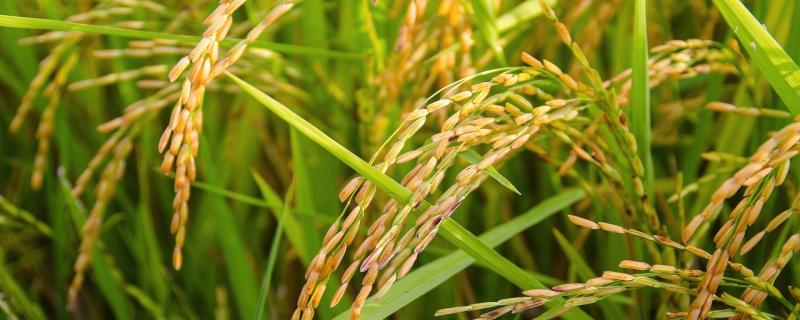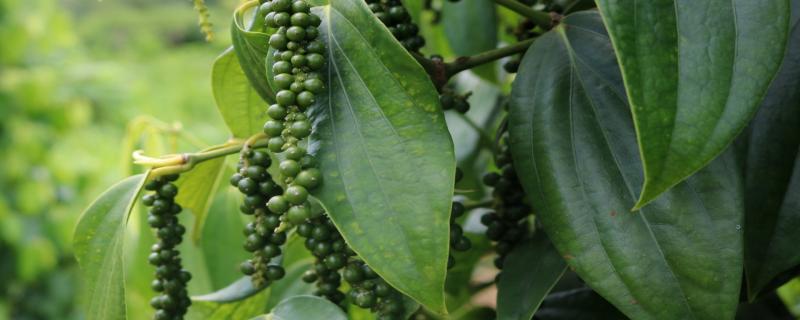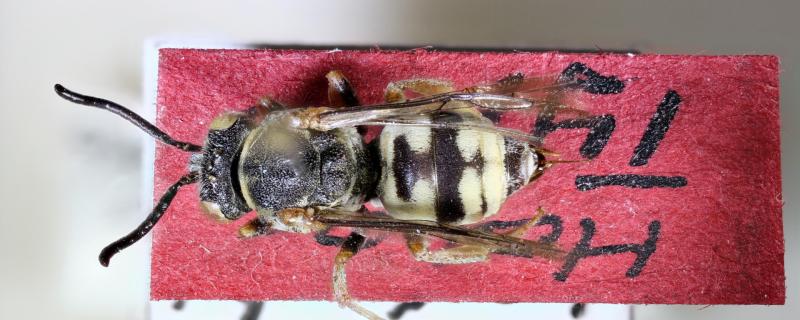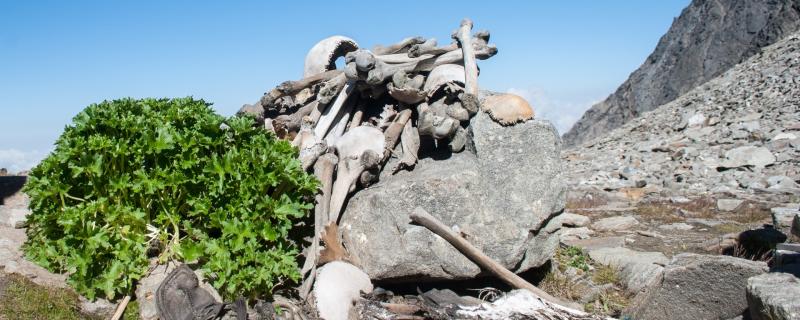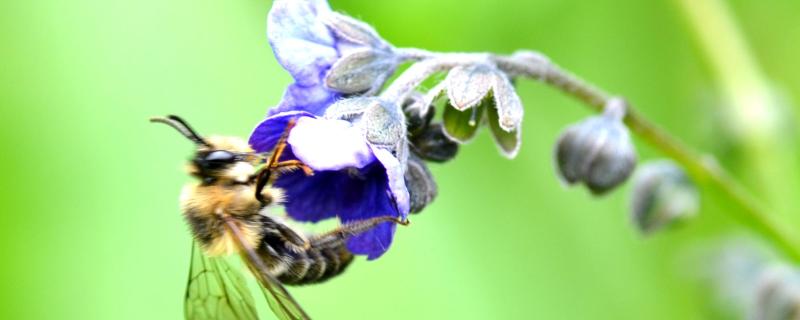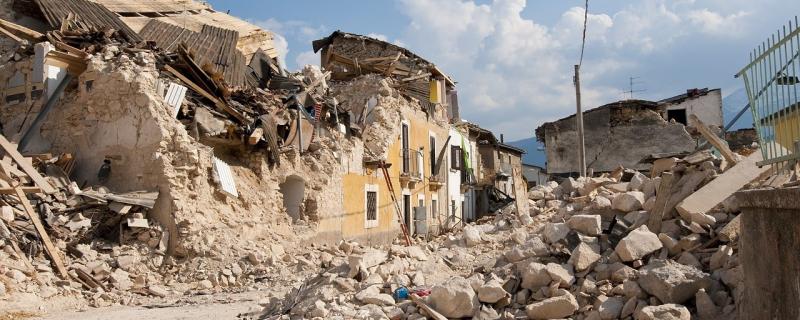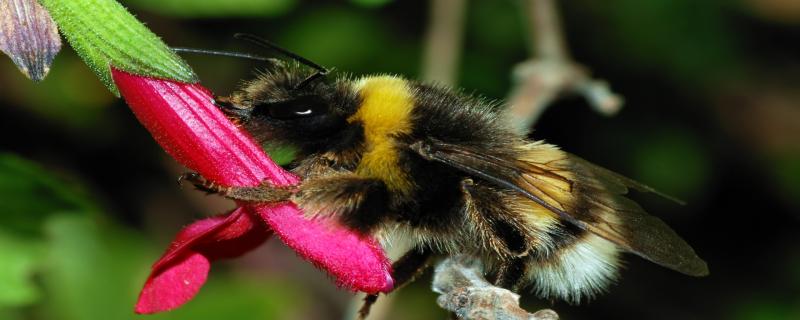We have all heard of the Indus Valley Civilisation.It is well known for its granaries, drainage systems and systematically planned cities like Harappa and Mohenjodaro. However, not much is known about its rise and fall; although there are various theories. In a pair of new studies published in the journals Science and Cell, a consortium of international researchers, including those from India, have tried to decipher the origins of present-day Central and South Asian people. They have used recent advances in genetics to extract and analyse genetic material (DNA) from the remains of several ancient populations, including people from the Indus Valley Civilisation.
Archives
Visceral leishmaniasis, or kala-azar, is an insidious disease that affects thousands of people every year. This illness can be fatal, if not diagnosed and treated on time. However, despite best efforts, India still lags behind in eliminating this disease completely. A recent study published in the journal PLOS Neglected Tropical Diseases has investigated the factors that lead to the delayed diagnosis and treatment of kala-azar.
In a country that predominantly depends on rain for irrigation, loss of crops due to disruptive weather continues to be a source of distress to farmers, and approaches to make crops tolerant to the vagaries of weather are necessary. In a recent study, researchers have shown that, by modifying particular genes, rice plants can be kept alive through periods of acute salinity in their water supply.
“ಬ್ಲಾಕ್ ಗೋಲ್ಡ್” ಅಥವಾ ಕಪ್ಪು ಚಿನ್ನವೆಂದೇ ಕರೆಯಲಾಗುವ ಮೆಣಸು, ಆರ್ಥಿಕವಾಗಿ ಬಹಳಷ್ಟು ಪ್ರಾಮುಖ್ಯತೆ ಹೊಂದಿರುತ್ತದೆ. ಅಲ್ಲದೇ, ಇದರ ಬಗ್ಗೆ ಸಂಶೋಧನೆ ನಡೆಸಲು ಸಂಶೋಧಕರಿಗೆ ಇದು ಒಂದು ಒಳ್ಳೆಯ ವಿಷಯ. ಈ ಮೆಣಸಿನ ಭೌಗೋಳಿಕ ಮೂಲವನ್ನು ಪತ್ತೆ ಮಾಡಲು ಸಂಶೋಧಕರು ತೀವ್ರವಾಗಿ ಅಧ್ಯಯನ ನಡೆಸುತ್ತಿದ್ದಾರೆ.
A specimen of a cuckoo bee lay in a museum in Austria for decades before Dr Petr Bugosch took a look at it and described it as a new species, Epeolus ladakhensis.
ৰূপকুণ্ড হৈছে উত্তৰাখণ্ডত অৱস্থিত এটা সৰু বৰফময় হ্ৰদ। হিমালয়ৰ পৰ্বতমালাত ১৬৪৭০ ফুট উচ্চতাত থকা এই হ্ৰদটো ইয়াৰ অনন্য প্ৰাকৃতিক সৌন্দৰ্য্যৰ উপৰিও ইয়াত থকা কেইবাশও পুৰণা নৰ-কংকালৰ বাবে বিখ্যাত যাৰ বাবে ইয়াক ‘কংকাল হ্ৰদ’ বুলিও জনা যায়। শেহতীয়াকৈ প্ৰকাশিত দশক জোৰা এক অধ্যয়নে এই কংকাল সমূহৰ বিষয়ে বহু নতুন তথ্যৰ সন্ধান দিছে।
A team of researchers from the ATREE, Bengaluru, Concordia University, Canada, Quebec Centre for Biodiversity Science, Canada, and Jawaharlal Nehru Tropical Botanical Garden and Research Institute, Kerala, have traced the biogeographical origins of Piper genus in India.
Researchers from the Zoological Survey of India describe a new species of bee Melitta indica from Uttarakhand, India
A first-of-its-kind study details diversity and distribution of bumblebees in the Eastern Himalayas.
